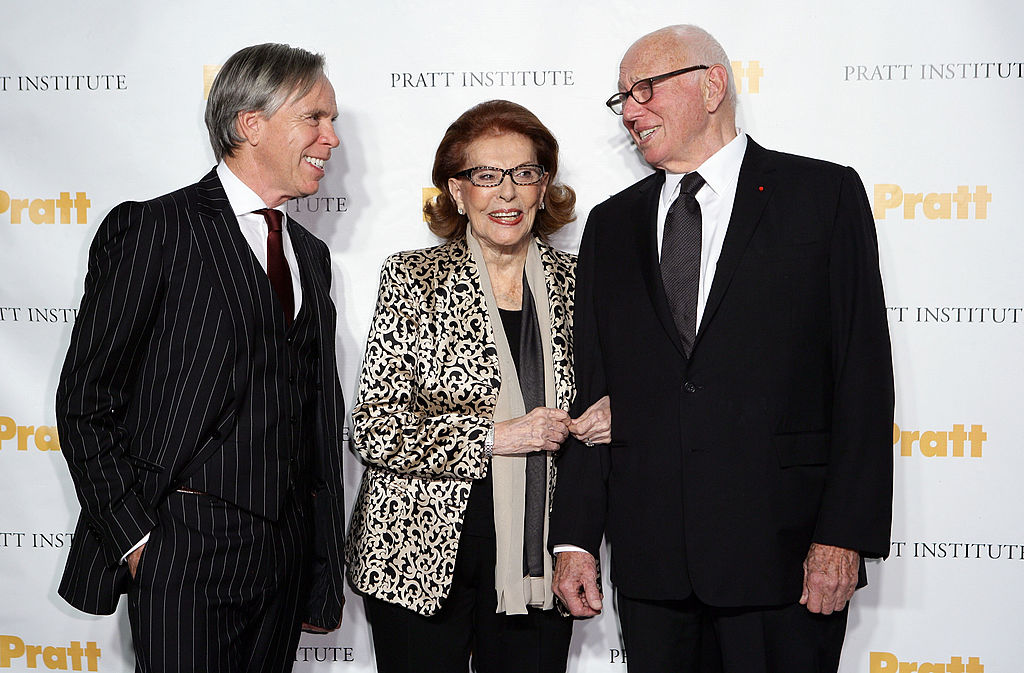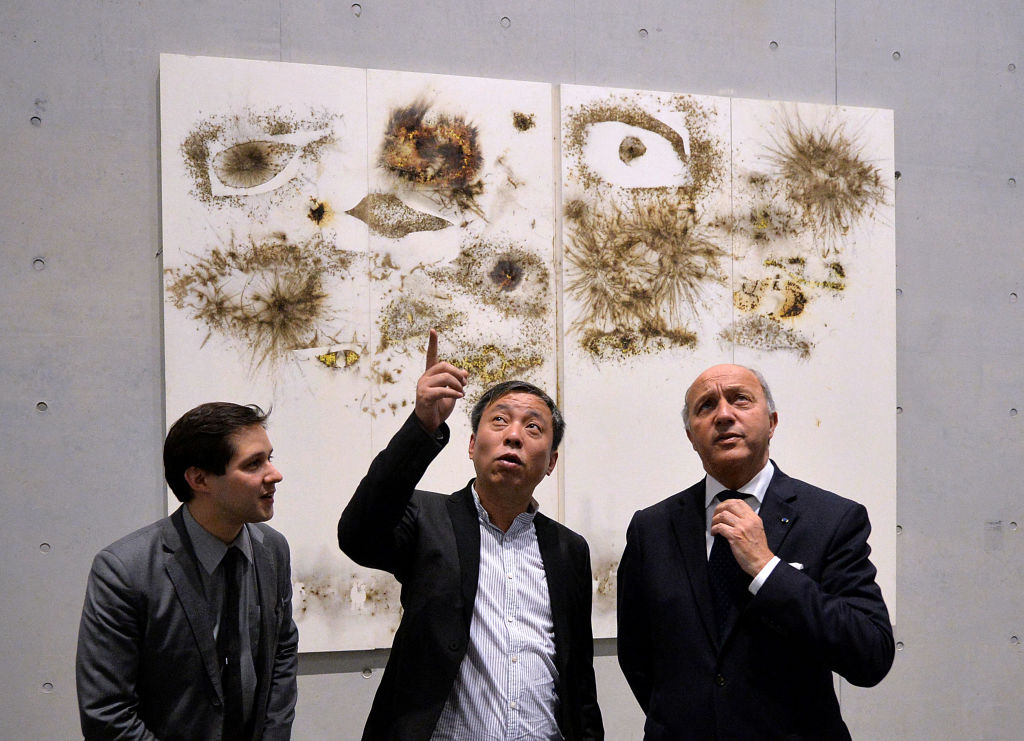Two 17th Century Paintings Looted By Nazis Are Donated to the Louvre By Jewish Heirs
Two 17th century paintings were recently donated to the Louvre Museum in Paris after experts identified the descendants of the original owner.
Floris van Schooten’s Still-Life with Ham and Peter Binoit’s Food, Fruit and Glass on a Table had been part of the Louvre’s Nordic collection for several decades and held under the “National Museum Recuperation” programme for stolen works whose owners are unknown, according to France 24. The two paintings had also been on display at the institution since the 1950s.
In 1944, the two paintings were looted by Nazis from a mansion in central Paris owned by Mathilde Javal. After the end of World War II, Javal had officially requested the restitution of her family’s works of art. According to the Louvre museum, evidence of Javal’s request was found in a letter, but the paintings could not be returned due to lack of information about their rightful ownership. The museum also said errors for Javal’s name and their address also added confusion.
After the the van Schooten and Binoit paintings were returned to 48 descendants of Javal, many of the rights holders, as well as their children and grandchildren, gathered at the museum on June 4 before the opening of a public exhibition detailing the family’s experience under the Nazis.
The research necessary to identify the descendants of the rightful owners of six works from the National Museum Recuperation programme, including the paintings by van Schooten and Binoit, was done through a 2015 agreement made by the French ministry of culture and a national organization of genealogy professionals. The research work was done free of charge, according to Le Figaro, which first reported the news.
The Louvre has 1,610 works in its National Museum Recuperation programme, including 791 paintings. They are part of the legacy of approximately 100,000 items that were looted in France mainly from Jewish families during the Second World War. After the war’s conclusion, approximately 60,000 items were returned to the country, with 45,000 returned to their owners. The majority of the 15,000 remaining items, were sold by the state, with national museums like the Louvre trusted with custody of 2,200.
Louvre director Laurence Des Cars told the AFP the case was “a commitment to transmitting memory and a constant reminder to action”.



